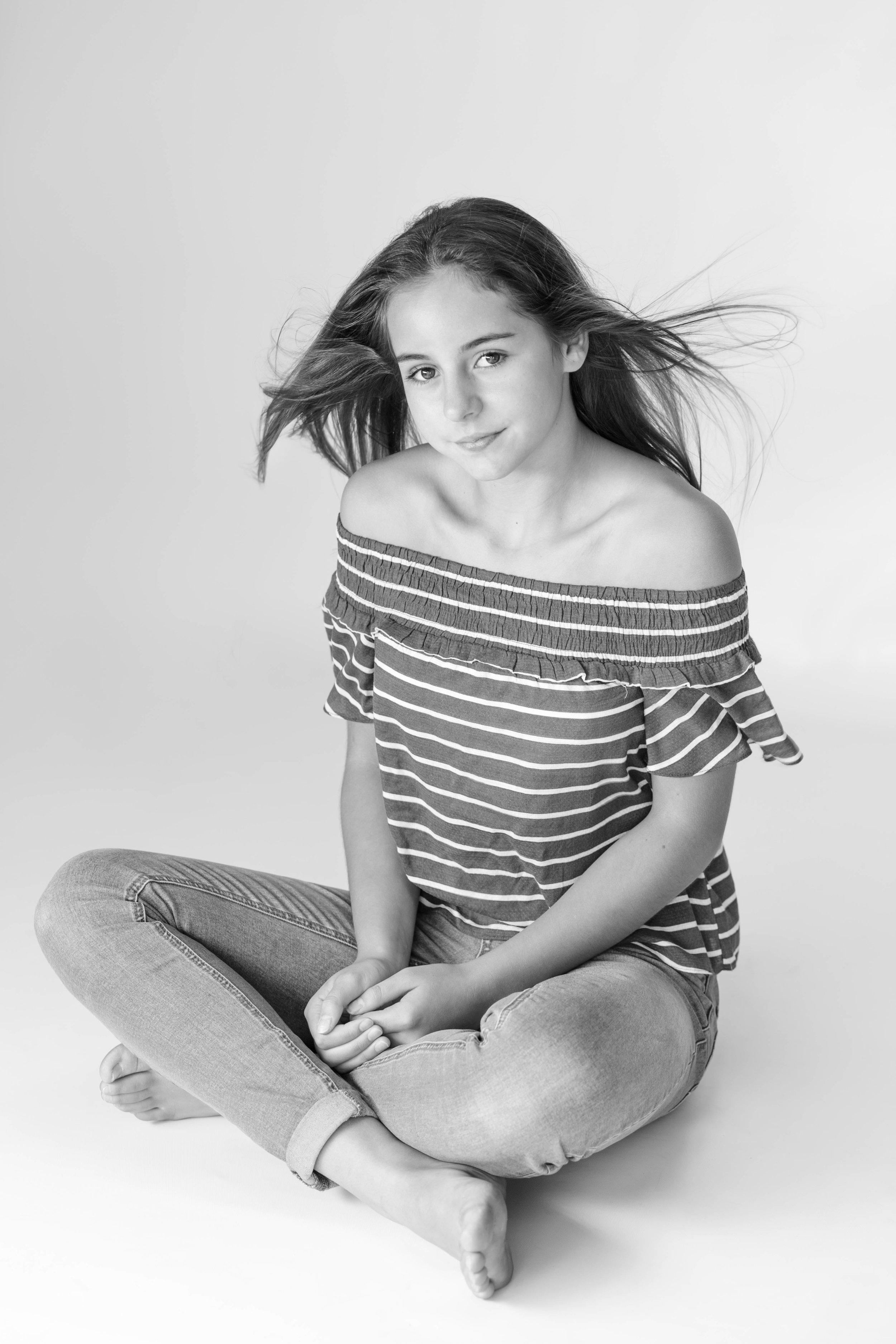Engage with your subject and find out something about them
Let’s talk first about photographing people we don’t know. Brandon Stanton, who wrote Humans of New York, says he always approaches people in the way he thinks will make them feel most comfortable. If someone is sitting, he will sit next to them or squat on the ground. This is especially true of children, get down on their level when you are talking to them and photographing them. Where you can, spend time talking to your subject and asking them questions. Most people like it when someone takes an interest in them, the questions can be easy ones, favourite places, things to do, pets etc. If you are travelling and the person you want to photograph doesn’t speak English, a lot can be achieved with smiles and sign language, and the promise to send them a copy.
Choose your style of portrait
An environmental portrait is one that shows the person in their surroundings, it might be a vegetable seller at their stall or a swimmer by the pool. These sorts of portraits are usually taken with a wide-angle lens and share with the viewer something about that person’s world. Alternatively, you might choose to take a tighter portrait of the person up close, using a long lens to throw the background out of focus. TIP: The eyes are the key to the soul; always make sure that your subject’s eyes are sharp, take extra care if you are shooting at a low aperture like f1.8. Lighting is important too, do you want your subject to look bright and evenly lit or dark and moody? How will you achieve that look, will you be relying on natural light or able to use some fill flash?
Make them feel comfortable
Sometimes the best portraits are candid, either grabbed at the beginning of a session “just relax I’m just doing a test” or at the end when they’ve relaxed into it. Don’t be afraid to direct your subject. Give them encouragement, some people feel totally awkward in front of the camera and will be relieved if you give them some simple instructions, like “stand side on to the camera”, “try crossing your arms”, “look over my shoulder”, “drop your chin” etc. Getting people to lean on a wall can immediately make them feel relaxed. You can either pre-visualise, and plan, your portrait and props, or experiment with what you have to hand. Nervous subjects usually respond well to having something in their hands. Try something that tells us more about them, like a tool of trade or favourite object.
Shoot to suit their personality
Think about their personality. Are they a serious person? Sometimes you see far more of a person’s personality when they are in repose. Try and avoid asking people to smile for the camera. The image won’t look authentic because it’s easy to see when someone’s mouth is smiling but their eyes aren’t. Decide whether it says more about them to look straight into the lens or look away; try both. If your subject is fun loving, don’t be afraid to inject a bit of silliness to get them laughing. Kids often respond well to being told to pull faces (catch them after, when they are giggling!). Think about what you can do to make them loosen up or laugh, which can include instructions like “drop your shoulders”, “give your self a good shake”, “jump up and down”, “twirl”…. Use your imagination and match your tone to your subjects’ age, personality and how well you know them.
Look and learn and practice
Post processing and printing also provide opportunities to convey your subject’s personality. Decide if vibrant colour or black and white creates the right mood. Look at the work of portrait photographers you admire and learn from them. Above all, practice as much as you can and have fun.




